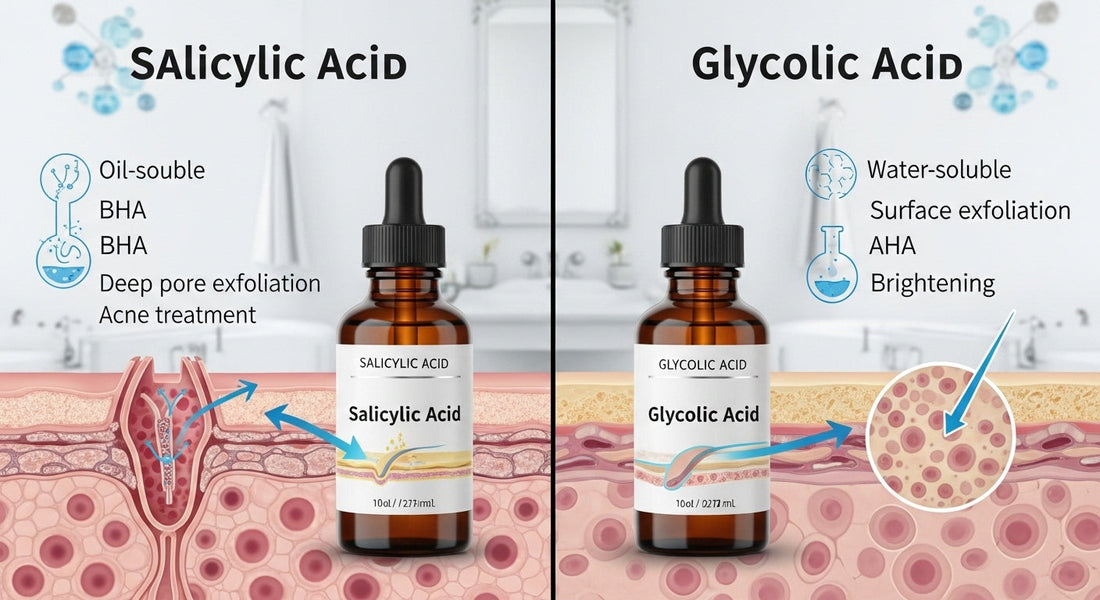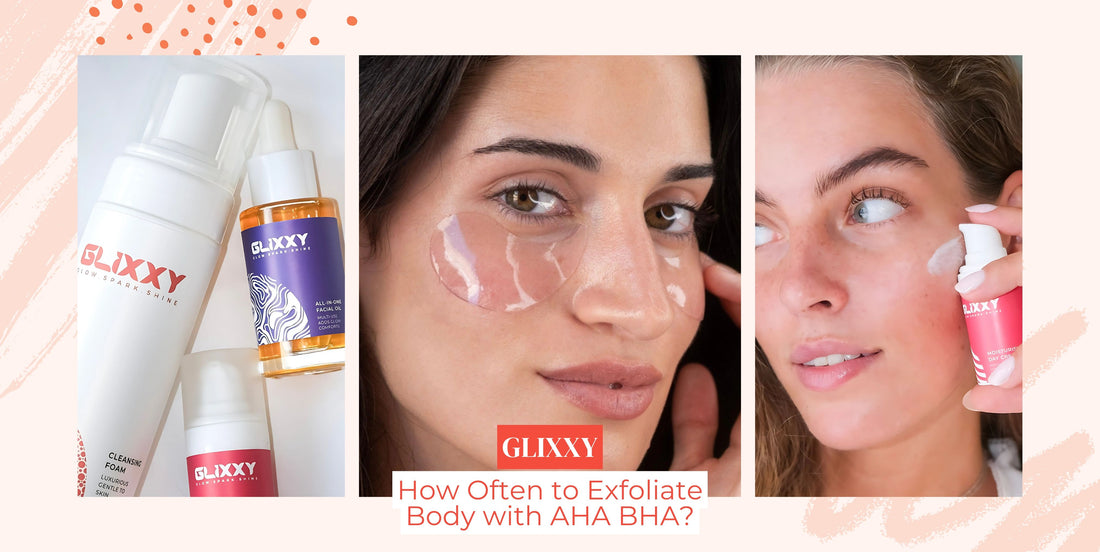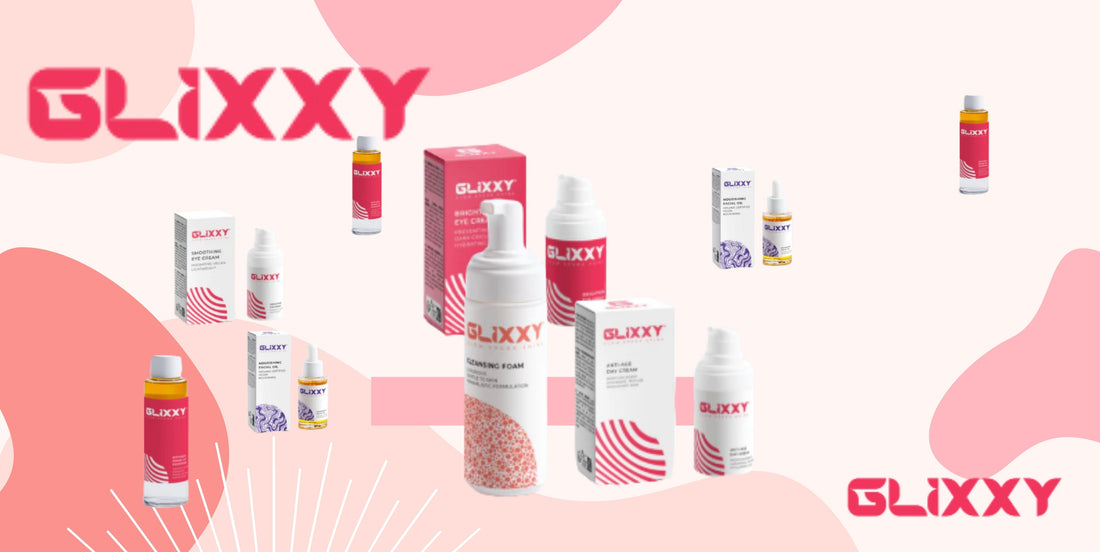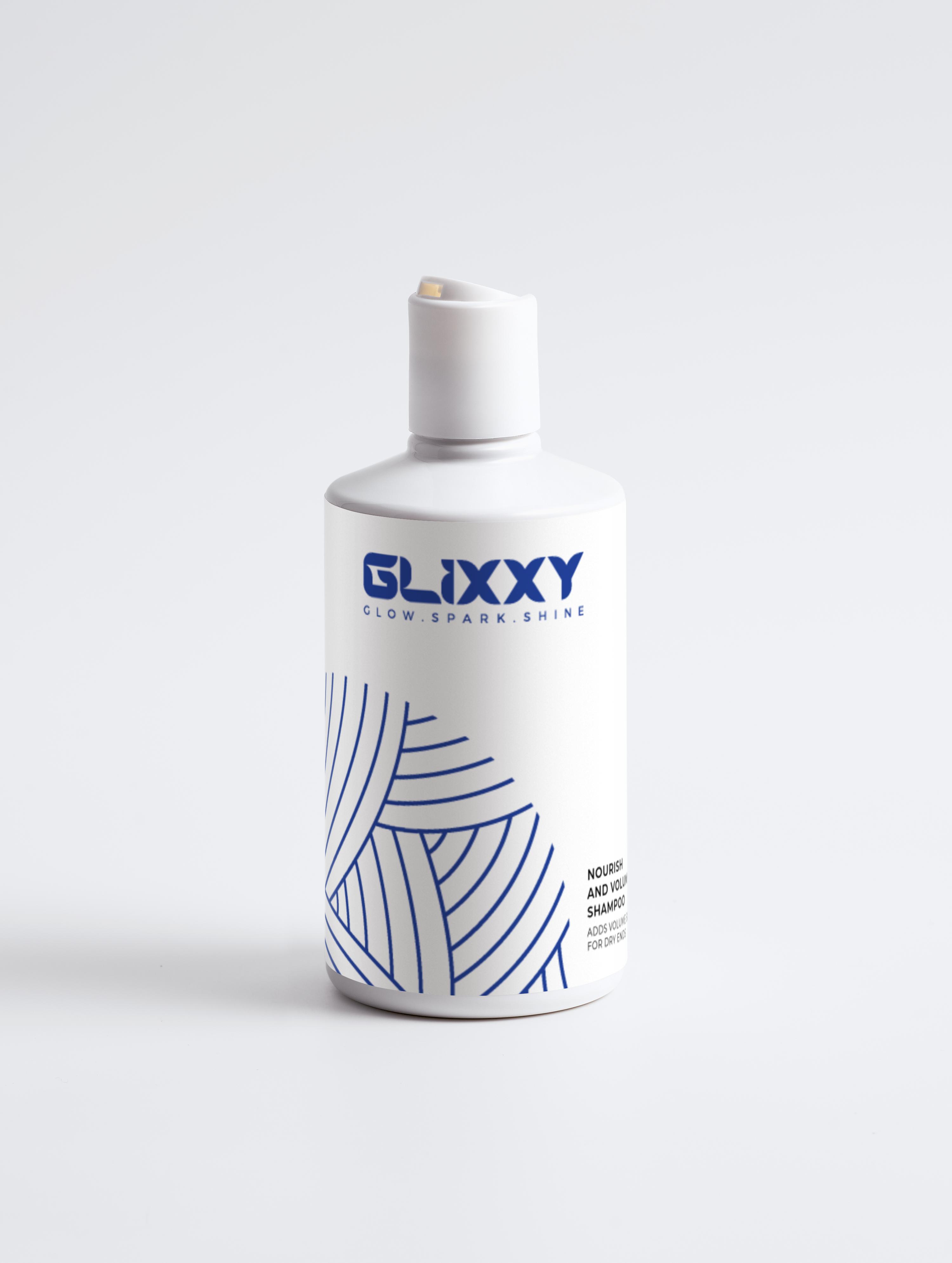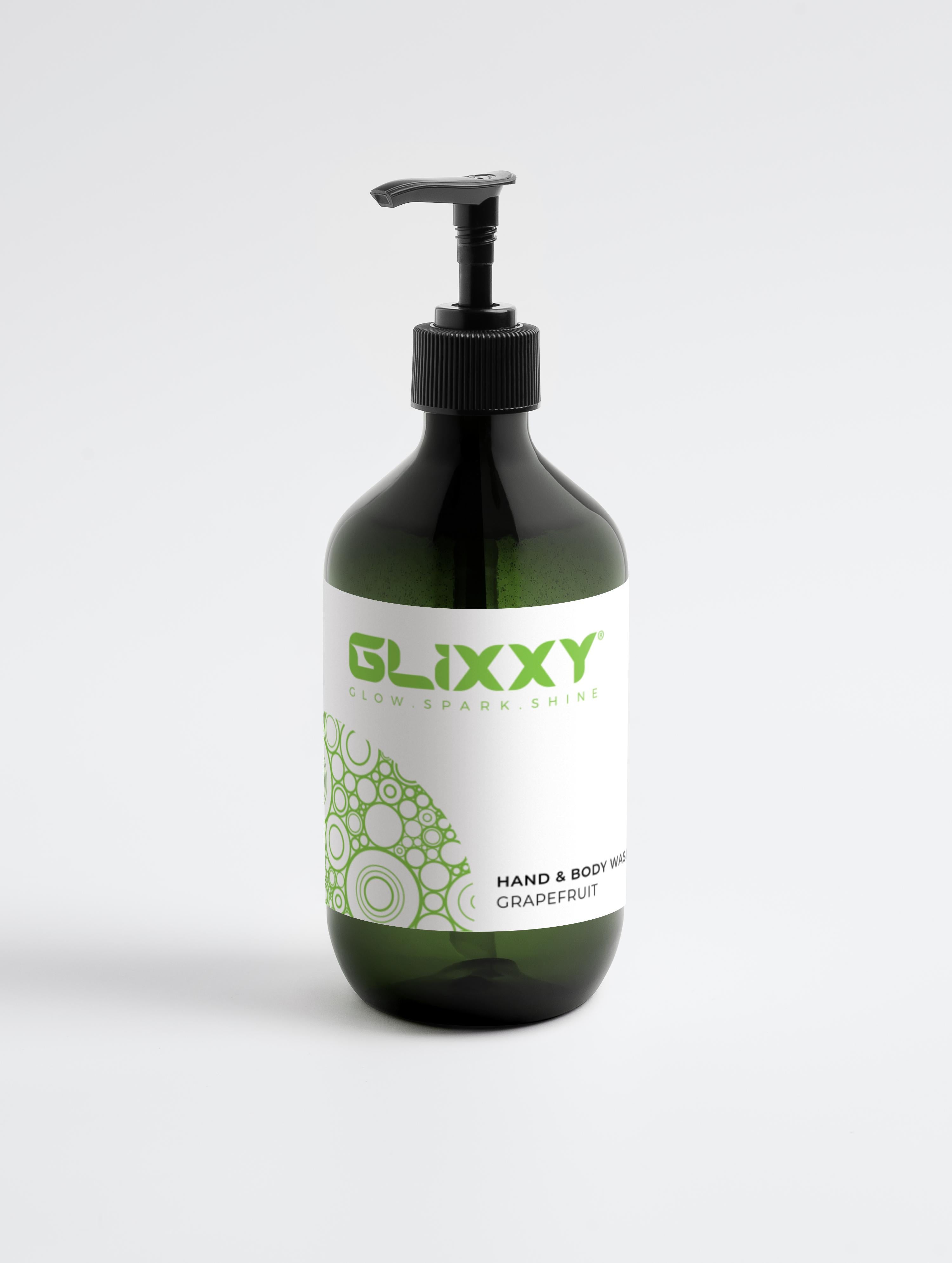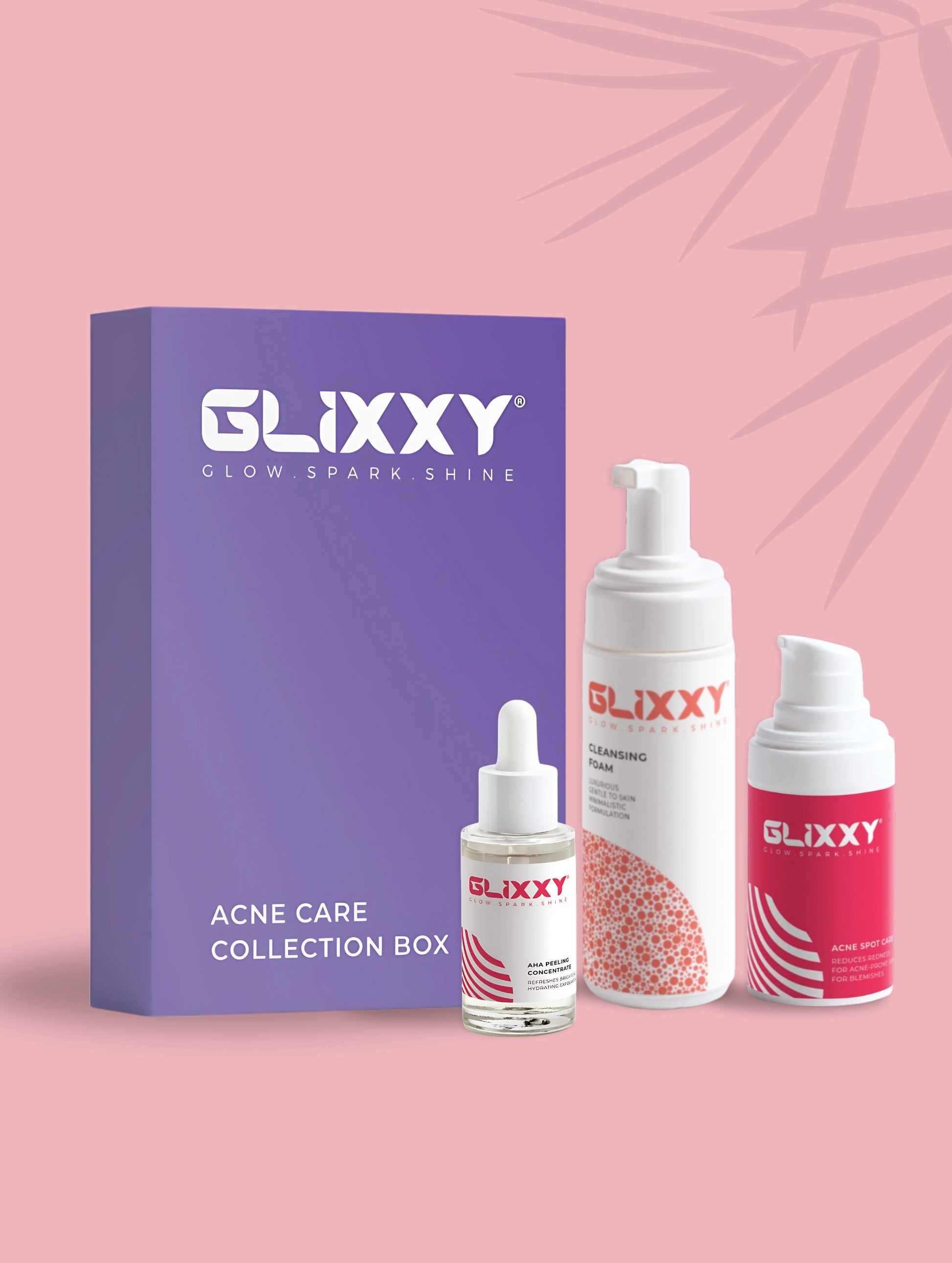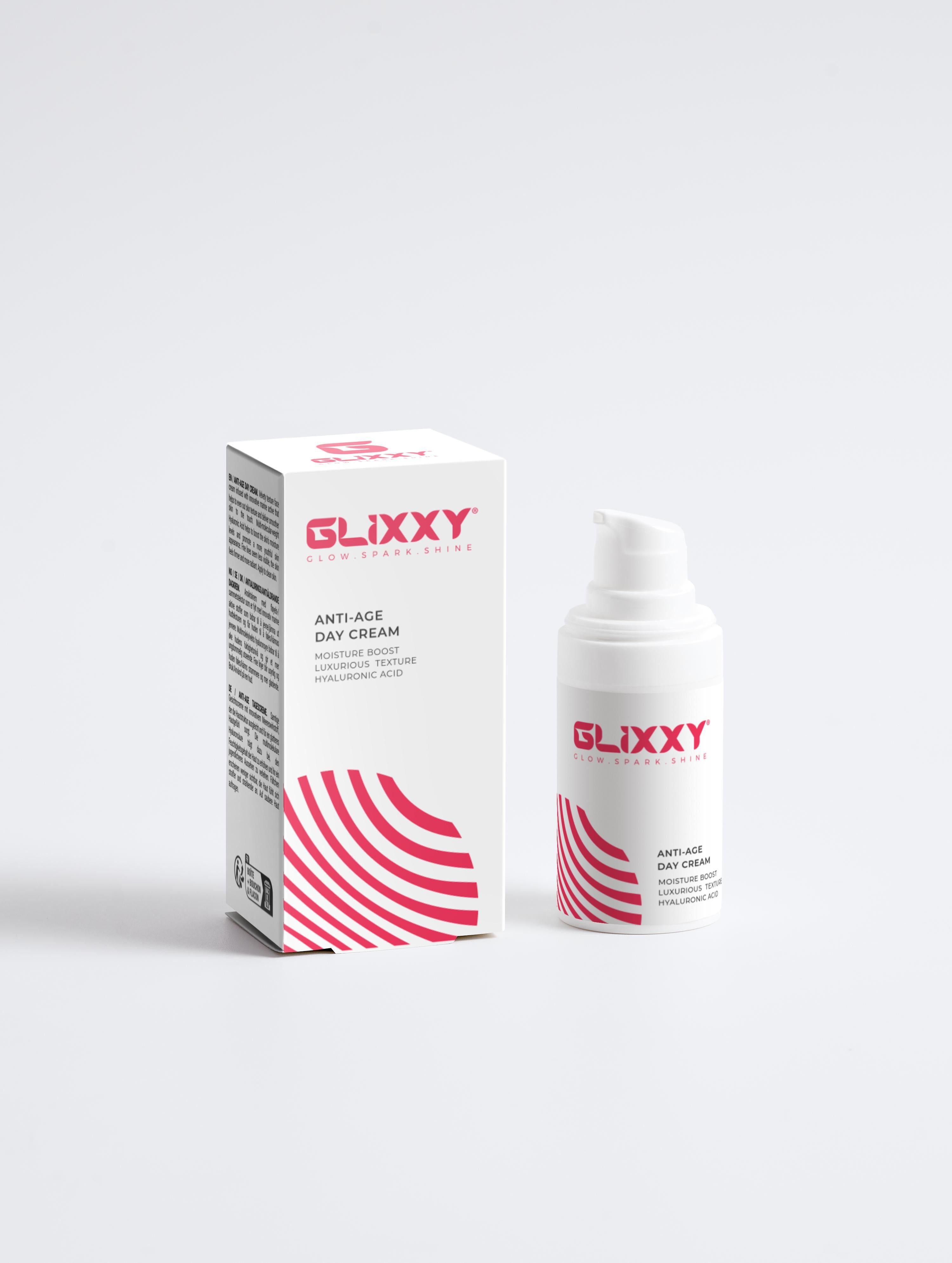If you are serious about skincare and skipping sunscreen, I hate to break it to you, but you are playing yourself.
Sunscreen is not just a summer thing or a beach-day add-on. It is the essential step that protects your glow long-term.
Here’s the truth: not all sunscreens are created equal. Some formulas barely cut it, while others (like SPF 50) are legit powerhouses when it comes to keeping your skin smooth, fresh, and aging like fine wine.
The sun might feel good, but it is lowkey out here doing damage—think of fine lines, dark spots, and collagen loss. That is why SPF 50 is not just another product; it is your skin’s ride-or-die.
In this post, we will see what SPF actually means, why broad-spectrum sunscreen is non-negotiable, and how to use sunscreen right so your skin stays protected.
What is SPF and Why Does It Matter?
SPF stands for Sun Protection Factor, and it measures how well a product protects your skin from UVB rays, which cause sunburn.
Think of it like this: if you are wearing SPF 30, it means you can technically stay in the sun 30 times longer without burning than if you were not wearing any sunscreen.
But here’s the deal: SPF 30 blocks about 97% of UVB rays, while SPF 50 blocks around 98%. That one perfect might not sound like a lot, but it can make a difference, especially if you are out all day or have sensitive skin.
Broad-Spectrum Sunscreen & Why It’s the MVP:
Trust me, you want one labeled broad-spectrum sunscreen because it protects against both UVA and UVB rays. While UVB is out here causing burns, UVA rays are sneaky.
They go deeper into the skin, speeding up aging and messing with your collagen. So, if you are trying to stay snatched long-term, broad-spectrum sunscreen is a must.
Why is Sun Protection Crucial for Anti-Aging?
If you are investing in skincare but skipping the basics for SPF, you are technically ghosting your skin’s future.
When it comes to aging, UV rays are the true villain, it isn’t all about time or stress. According to science, about 80% of visible aging on your face is caused by sun exposure. Yup, that means wrinkles, dark spots, sagging, it’s all photoaging, not just birthdays.
How UV Light Wrecks Your Skin:
Now that we have established that sunlight brings in the bad squad. Here’s how UV light wrecks your skin.
UV radiation triggers a chain reaction in your skin. First of all, it activates the matrix metalloproteinases (MMPs). These are the enzymes that break down collagen and elastin, the stuff that keeps your skin firm and smooth. So when MMPs go wild, you end up with fine lines and saggy vibes.
Then we have reactive oxygen species (ROS)—aka the unstable molecules caused by UV exposure. They damage everything from your DNA to your skin cells’ inner structure, speeding up the aging process like it’s on 2x speed.
UV rays don’t care if it’s cloudy, rainy, or if you are indoors near a window. They can still get through and cause damage. That low-key daily exposure adds up over time and silently ages your skin, even if you don’t notice it right away.
It’s not only just UV rays, either. Visible light (VL) and infrared radiation (IR) from the sun and even screens can also mess with your skin. These types of light can trigger pigmentation issues and oxidative stress, too, making things like melasma or uneven tone worse.
So…what’s the solution? It’s SPF 50. Let’s see why.
Why SPF 50 Offers Superior Anti-Aging Protection?
SPF 50 is what you desperately need if you are serious about keeping your skin fresh and youthful. While SPF 30 is solid, SPF 50 takes it up a notch; it is an overachiever of sun protection.
What makes SPF 50 better? It’s all about how much UVB protection you can get. SPF 50 means you can stay in the sun 50 times longer without burning than if you had no sunscreen on. In terms of actual UVB rays, it blocks about 98% compared to 97% from SPF 30.
That tiny 1% difference? It matters when it comes to cumulative sun exposure and long-term skin health.
Better Defense:
Now, the key here is to look for SPF 50 sunscreens, especially those labeled broad-spectrum. They offer strong UVA protection, too.
High-quality SPF 50 products typically have higher UVA protection factor ratings (UVA-PF), especially against longer wavelengths (>370nm).
A study in Australia tracked people over 4.5 years and found that those who used SPF 50+ every day showed virtually no signs of skin aging. In contrast, those who used ordinary sunscreen only occasionally did. That’s major. With Regular SPF 50, you can also prevent solar elastosis, a condition where your skin loses elasticity and gets that leathery look.
Quick Comparison:
|
SPF Rating |
UVB Blocked |
Burn Protection Time |
Anti-Aging Efficacy |
|
SPF 30 |
97% |
30x Longer |
Moderate |
|
SPF 50 |
98% |
50x Longer |
Optimal |
SPF 50 Anti-Aging Benefits (Beyond Just Sunburn Prevention):
Most people think sunscreen is just for avoiding sunburn, but SPF 50 is a total anti-aging power move. It does way more than protect you from turning into a tomato at the beach. It actually helps preserve and improve your skin over time. Let’s break it down.
Keeps Collagen Intact:
One of the biggest ways SPF 50 helps your skin stay snatched is by protecting your collagen. UVA rays trigger enzymes called MMP-1 that break down collagen.
However, SPF 50 blocks more of those harmful rays, stopping this breakdown before it even starts. Result? Less sagging, fewer under-eye lines.
Fights Hyperpigmentation:
If you deal with dark spots or uneven skin tone, SPF 50 is your bestie. It helps stop the overproduction of melanin by blocking both UV and visible light (the major triggers that activate melanocytes, the pigment-making cells.
With consistent use, you’ll see fewer new spots and a brighter, more even glow over time.
Helps Reverse Existing Damage:
SPF 50 is not just about protection, it can also be a part of your healing routine. Some formulas combine SPF 50 with DNA-repairing enzymes and antioxidants.
These can help reduce existing sun spots and oxidative stress, making your skin look younger and healthier. Basically it’s like skincare with a built-in repair squad.
Stronger Skin Barrier:
A lot of SPF 50 products now go the extra mile by including ingredients like ceramides, which help lock in moisture and repair your skin barrier.
With a stronger skin barrier, your skin gets better hydration, and the skin health improves.
How to Actually Use SPF 50 the Right Way?
So you have got your SPF 50 in hand, now what? Even the best sunscreen won’t do much if not used correctly. Here’s how to get the most anti-aging bang for your SPF buck.
For your face and neck, use about ⅓ teaspoon (roughly the length of two fingers) every single morning. Don’t forget your ears, jawline, and the front of your neck.
Sunscreen goes on after your moisturizer but before your makeup. Think of it as the last step of your skincare routine and the base for your glam. If you are wearing makeup, reapplying with a full lotion can be a mess.
That’s where sunscreen sprays or powder brushes come in; use them.
Conclusion:
If you care about keeping your skin looking fresh and glowing for the long run, SPF 50 is a must, and Glixxy’s got you covered.
Our broad-spectrum SPF 50 sunscreen protects you from both sunburn and early aging, without the white cast and weird, greasy feel.
It’s lightweight, makeup-friendly, and made to fit into your daily routine.
Good skin starts with good sun protection, so make Glixxy your go-to for anti-aging vibes, every single day.



